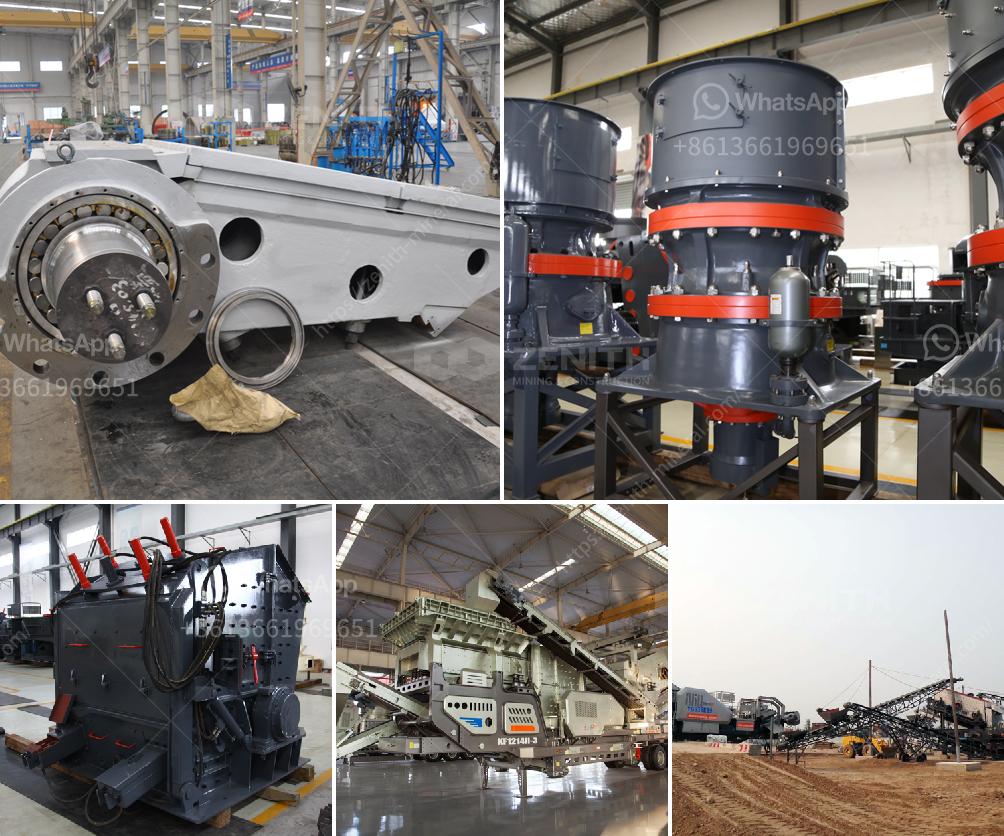Setting up a quarry plant in India involves several steps and requires adherence to local regulations. Here's a general guide to help you get started:
-
Market Research and Feasibility Study
- Analyze the demand for quarry materials in your target market.
- Study the competition and potential profitability.
- Evaluate the financial feasibility, including cost considerations and potential revenue.
-
Location Selection
- Identify a suitable site with ample reserves of the desired material.
- Ensure the chosen location has proper access to transportation networks for shipping materials.
-
Legal Compliance and Permissions
- Obtain necessary permits and licenses from local authorities. This may include:
- Environmental Impact Assessment (EIA) clearance.
- Mining leases from the State Department of Mines and Geology.
- Forest clearances if the land is within or near forest areas.
- Comply with the Mines Act, 1952, and associated regulations.
-
Land Acquisition
- Purchase or lease the land required for the quarry.
- Ensure the land acquisition process is in compliance with local laws and regulations.
-
Plant Design and Machinery Procurement
- Hire a professional engineering firm to design the plant layout.
- Procure necessary machinery such as crushers, screening equipment, drilling rigs, loaders, and trucks.
-
Infrastructure Development
- Construct access roads, offices, storage areas, and utilities like electricity and water supply.
- Set up essential infrastructure, including crushing and screening plants.
-
Hiring and Training Staff
- Recruit skilled labor and professionals, such as geologists, engineers, and machine operators.
- Provide training on safety protocols, machinery operation, and quality control.
-
Environmental and Safety Measures
- Implement dust suppression systems to minimize environmental impact.
- Establish safety protocols and emergency response plans to ensure worker safety.
- Regularly monitor environmental parameters as per regulatory requirements.
-
Operational Setup
- Install and calibrate machinery.
- Begin trial runs and make any necessary adjustments to operations.
- Set up a system for continuous monitoring and quality control.
-
Marketing and Sales
- Develop a marketing strategy to promote your products.
- Establish relationships with potential customers and suppliers.
-
Sustainable Practices
- Incorporate environmentally friendly practices to ensure long-term sustainability.
- Plan for land reclamation and rehabilitation post-extraction.
Navigating these steps requires careful planning and coordination with local authorities and experts in the field.


